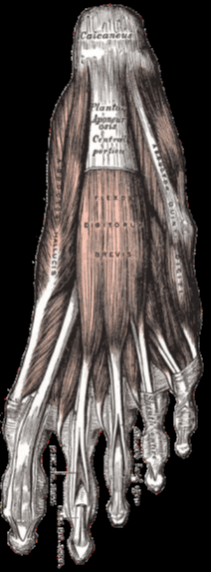
Another subject of evolution in this diagnosis is the utility of a wait-and-see approach to the initial complaint. In many cases, the patient has independently attempted a wait-and-see approach for months before contacting his or her general practitioner about plantar fasciosis. Wolgin and colleagues found that patients experiencing plantar heel pain wait an average of eight months before seeking medical attention. Sports physician John Orchard discusses the modern imperative of keeping patients active for general health, how plantar fasciosis works as an impediment to healthy activity, and how this underscores the importance of quick, lasting, and meaningful attenuation of symptoms.
Given these understandings, first-line treatment of plantar fasciosis may include:
Flexibility Improvements: Patients with an ankle dorsiflexion range of less than ten degrees demonstrate twice the likelihood of developing plantar fasciosis. Supervised stretching, home exercise plans, manual therapy, and nocturnal splints have all been demonstrated to produce both short and long-term improvements for patients managing plantar fasciosis.
Strengthening: Targeted, strategic muscle strengthening programs have been shown to improve force attenuation.
Pedal Biomechanical Supports: This generally involves shoe consultation, taping, and orthotic assessment. Patients should be counselled on optimal shoe choices, recognizing the need for shoe replacement, and shoe rotation during the work week. For people who work on their feet, during-the-week shoe rotation has been shown to reduce the risk of plantar fasciosis.

